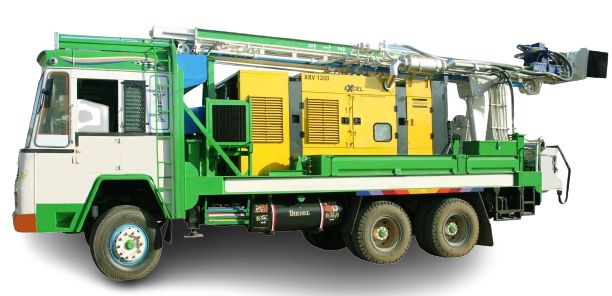When expanding your machining capabilities, one of the first questions you’ll face is:
“Should I invest in a used CNC machine or buy new?”
Both options have merit. The right choice depends on your budget, production needs, timeline, and in-house expertise. Below is a comprehensive comparison to help you make an informed decision.
1. Capital Expenditure & Budget
| Factor | Used Machine | New Machine |
|---|---|---|
| Purchase Price | 30–60% less than new | Full MSRP plus custom options |
| Financing Options | Limited; mostly cash or niche leasing | OEM financing, leasing, trade-in programs |
| Refurbishment Needs | Bearings, belts, repainting often required | Typically installation-only |
Takeaway:
Used machines are cost-effective upfront but may require immediate investment for refurbishment.
2. Technology & Capabilities
Used CNC Machines
- May have older controllers, drives, or firmware.
- Limited multi-axis support or automation.
- Might not support modern CAM systems or Industry 4.0 connectivity.
New CNC Machines
- Latest 5-axis capabilities, high-speed spindles, and digital interfaces.
- Support for real-time monitoring, automated probing, and predictive maintenance.
- Seamless compatibility with popular CAD/CAM ecosystems (Fusion 360, Mastercam, etc.)
Takeaway:
For advanced workflows or future-proofing, new machines deliver the latest tech and automation readiness.
3. Support, Warranty & Spare Parts
| Aspect | Used Machine | New Machine |
|---|---|---|
| Warranty Coverage | Expired or minimal | 1–2 years, extendable |
| Technical Support | Aftermarket or DIY | OEM-certified service & 24/7 support |
| Parts Availability | May require obsolete part sourcing | Guaranteed OEM parts availability |
Takeaway:
New machines come with turnkey support and security; used machines depend on in-house skills or third-party vendors.
4. Lead Time & Deployment
Used CNC Machines
- Often in-stock and ready to ship.
- Quick install if local.
New CNC Machines
- 4–16 week average lead time.
- Custom configurations can add months.
Takeaway:
Need capacity fast? A used machine can often be operational within days, not weeks.
5. Reliability & Maintenance
| Aspect | Used Machine | New Machine |
|---|---|---|
| Wear & Tear | Unknown history; may show signs of fatigue | Factory-new components |
| Maintenance Needs | Higher frequency inspections recommended | Covered under OEM plans |
| Downtime Risk | Greater risk of part failure or calibration loss | Minimal; backed by warranty |
Takeaway:
New machines are more reliable out of the box; used ones need more frequent upkeep and thorough inspection pre-purchase.
6. Resale Value & Depreciation
Used Machines
- Already depreciated.
- More stable resale value.
New Machines
- 20–30% value drop in first 1–2 years.
- Holds better value if maintained and from a top-tier brand.
Takeaway:
Used machines offer lower depreciation risk, but new machines can retain high value when well cared for.
7. Customization & Upgradability
Used CNC Machines
- May not support add-ons like probing or 4th axis.
- Retrofits can be expensive and limited by control software.
New CNC Machines
- Fully configurable with robotic arms, high-pressure coolant, zero-point tooling.
- Designed for future upgrades and modular growth.
Takeaway:
If you’re planning to scale or automate, a new machine provides a clear upgrade path.
8. When to Choose Used vs. New
Choose a Used CNC Machine If:
- You’re on a tight capital budget.
- You need fast deployment for simple 2–3 axis work.
- You have in-house repair skills or aftermarket support.
Choose a New CNC Machine If:
- Your parts require tight tolerances, 5-axis, or exotic materials.
- You want long-term OEM support and warranty coverage.
- You’re building a scalable, automated, Industry 4.0-ready shop.
Final Decision Checklist
| Question | Best Fit |
|---|---|
| Tight budget & fast startup needed? | Used Machine |
| Want turnkey support & advanced automation? | New Machine |
| Need modern CAM or IIoT compatibility? | New Machine |
| Have in-house maintenance capability? | Used Machine |
| High resale value important? | New (brand-dependent) |
